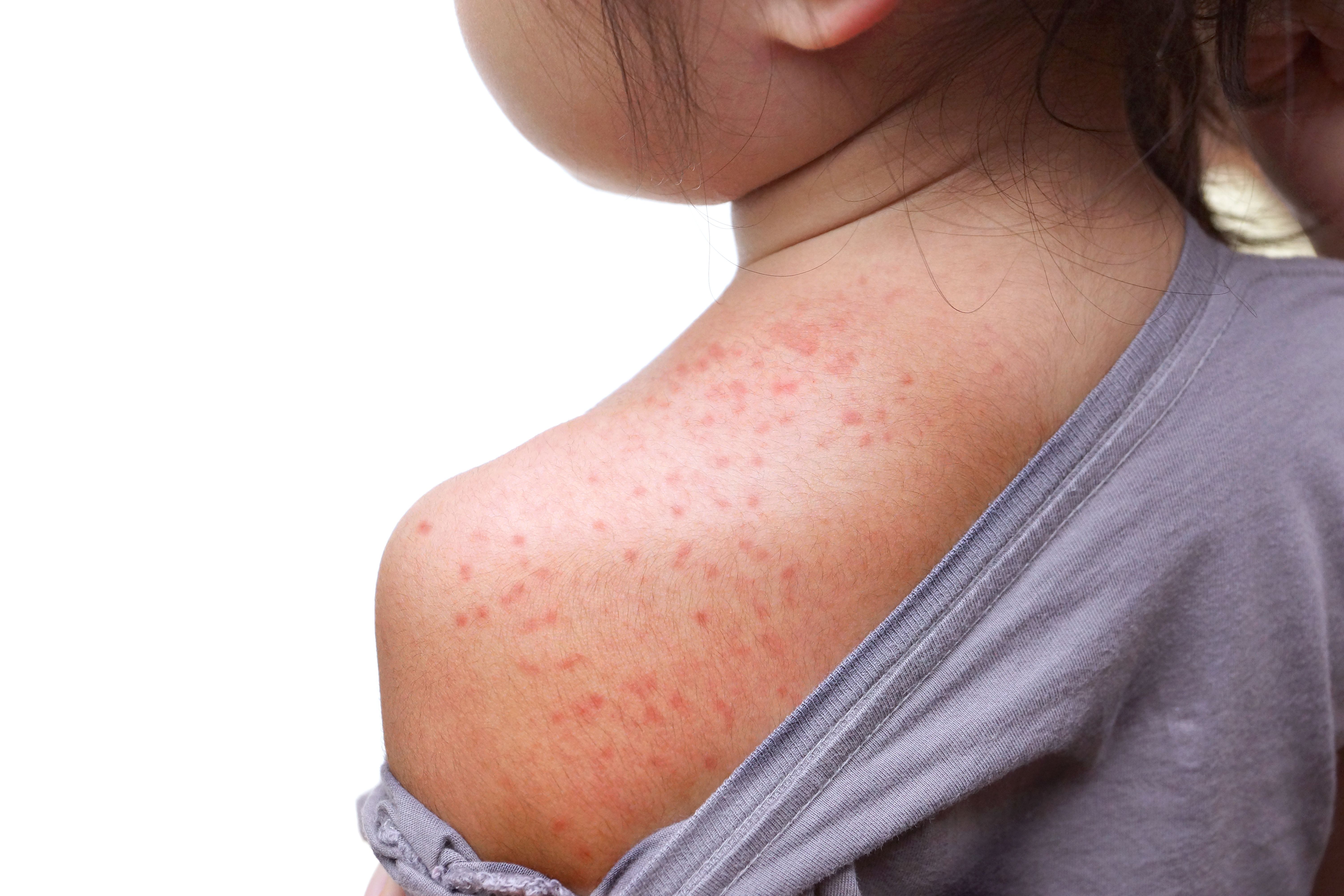Video
March 1 Pharmacy Week in Review: Thousands of Lives Saved Due to Improvements in Breast Cancer Treatment, Sesame Allergies Are Increasing
This weekly video program provides our readers with an in-depth review of the latest news, product approvals, FDA rulings, and more. Our Week in Review is a can't miss for the busy pharmacy professional.
This weekly video program provides our readers with an in-depth review of the latest news, product approvals, FDA rulings, and more. Our Week in Review is a can't miss for the busy pharmacy professional.
Nicole Grassano, Host: Hello and welcome to the Pharmacy Times News Network. I’m Nicole Grassano your host for our Pharmacy Week in Review.
New research showed that many of those with asthma may be using their inhalers incorrectly, thereby increasing their risk of asthma attack, Pharmacy Times reported. According to the research published in the Journal of Allergy and Clinical Immunology: In Practice, investigators at Propeller Health, in conjunction with the University of Colorado School of Medicine and Children's Hospital Colorado, gathered data from 7558 patients, and found that 84% took less than 30 seconds between the first and the second puff of their rescue or controller inhaler.
Furthermore, 67% waited less than 15 seconds between inhalations. Just 16% of patients waited more than 30 seconds between puffs, the minimum amount of time necessary to complete the recommended steps. The recommended dosage of asthma medicines requires 2 puffs of the inhaler, and many instructions recommend that patients exhale completely prior to inhaling, inhale the medication slowly and deeply, hold their breath for up to 10 seconds, and then wait prior to the next inhalation. These several steps should take between 30 and 60 seconds, according to the authors.
Sesame allergy is increasing among children and adults in the United States, with new research establishing it as the 9th most common type of food allergy, Contemporary Clinic reported.
The study, which was presented at the 2019 annual meeting of the American Academy of Allergy, Asthma & Immunology collected data through a nationally representative survey of more than 50,000 U.S. households.
Responses from more than 78,000 children and adults in the United States found that at least 0.2% of the population is allergic to sesame. These data mean that it is approaching the prevalence of allergies such as soy and pistachio.
The study also found that more than 50% of individuals with a sesame allergy have received care in an emergency department for food allergy in their lifetime.
A peer reviewed journal of the American Cancer Society showed hundreds of thousands of women’s lives have been saved since 1989, because of mammography and improvements in breast cancer treatment, Specialty Pharmacy Times reported.
Researchers at the University of Colorado School of Medicine analyzed breast cancer mortality and female population data from the Surveillance, Epidemiology, and End Results program. Data focusing on women aged 40 to 84 years over the past 3 decades were gathered in order to estimate the number of breast cancer deaths averted by screening mammography and improved treatment since 1989.
The cumulative breast cancer deaths averted since 1989 to 2015 ranged from 305,934 to 483,435, depending on different background mortality assumptions involving screening mammography availability and improved treatment, according to the researchers.
Pharmacists may get more questions MiraLAX if their patients have seen a new commercial for the OTC product. In the spot, called “Unblock Your System Naturally,” a woman says that stimulant laxatives forcibly stimulate the nerves in the colon, whereas MiraLAX works with the water in the body to hydrate and soften. According to the commercial, MiraLAX doesn’t cause adverse effects, such as cramping, gas, and sudden urgency.
For more great coverage and practical information for today’s pharmacist, visit our website and sign up for our Daily eNews. And don’t forget to follow us on Facebook, Twitter, and Instagram.
Thanks for watching our Pharmacy Week in Review. I’m Nicole Grassano at the Pharmacy Times News Network.






